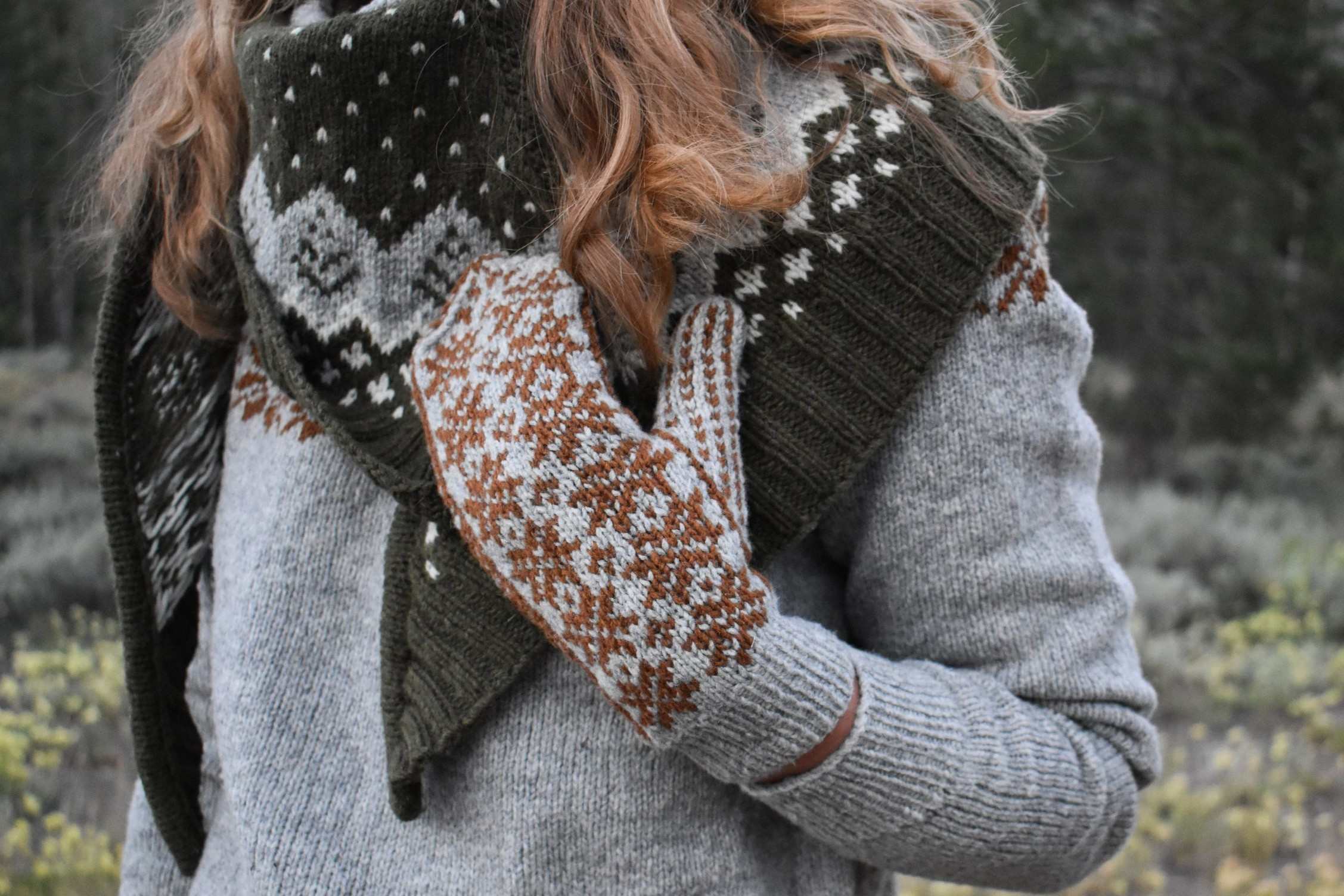
Colorwork is a fascinating technique that brings vibrant patterns to life in knitting and crochet. Whether you're a seasoned crafter or just starting, understanding the basics of colorwork can elevate your projects. What is colorwork? Colorwork involves using multiple colors of yarn in a single row or round to create intricate designs. This technique can be as simple as stripes or as complex as detailed motifs and images. From Fair Isle to intarsia, each method offers unique challenges and rewards. Ready to dive into the colorful world of yarn? Here are 33 facts about colorwork that will inspire your next project and maybe even teach you something new!
What is Colorwork?
Colorwork is a knitting technique that involves using multiple colors of yarn in the same project. This method creates intricate patterns and designs, making your knitted items more visually appealing.
- Colorwork has been used for centuries in various cultures around the world.
- Traditional Fair Isle knitting is one of the most famous colorwork techniques, originating from the Shetland Islands in Scotland.
- Intarsia is another colorwork method where different colored yarns are used to create patterns without carrying the yarn across the back of the work.
- Stranded knitting involves carrying two or more colors of yarn along the back of the work as you knit.
- Mosaic knitting uses slipped stitches to create patterns with just one color per row.
History of Colorwork
Colorwork has a rich history, with different techniques evolving in various regions. Each method reflects the cultural heritage and artistic expression of its origin.
- The oldest known colorwork knitting dates back to the Egyptian Coptic socks from the 3rd to 5th centuries AD.
- Scandinavian knitting often features intricate colorwork patterns inspired by nature and folklore.
- Andean textiles from South America showcase vibrant colorwork, often using natural dyes.
- Bohus knitting from Sweden is renowned for its delicate colorwork and fine yarns.
- Navajo weaving incorporates colorwork techniques to create stunning geometric patterns.
Techniques in Colorwork
Different techniques in colorwork offer various ways to incorporate multiple colors into your knitting projects. Each method has its unique characteristics and challenges.
- Fair Isle knitting typically uses two colors per row and involves carrying the unused color along the back.
- Intarsia requires separate yarn bobbins for each color block, making it ideal for large, non-repeating patterns.
- Stranded knitting can create dense, warm fabrics due to the floats carried along the back.
- Mosaic knitting is simpler than it looks, as it only uses one color per row and relies on slipped stitches for the pattern.
- Double knitting creates a reversible fabric with a mirror-image pattern on each side.
Tools for Colorwork
Using the right tools can make colorwork knitting more manageable and enjoyable. Here are some essential tools for colorwork enthusiasts.
- Yarn bobbins help keep different colors organized and tangle-free.
- Stitch markers can be used to mark pattern repeats and color changes.
- Chart keepers or magnetic boards are useful for following complex colorwork charts.
- Tapestry needles are essential for weaving in ends and finishing your project neatly.
- Row counters can help keep track of your progress in intricate colorwork patterns.
Tips for Successful Colorwork
Mastering colorwork requires practice and patience. Here are some tips to help you achieve beautiful results.
- Tension is crucial in colorwork; keep your floats loose to avoid puckering.
- Color dominance affects the appearance of your pattern; the dominant color will stand out more.
- Swatching is essential to test your gauge and color combinations before starting a project.
- Yarn management can be simplified by holding one color in each hand or using yarn guides.
- Blocking your finished project will help even out stitches and enhance the overall appearance.
Popular Colorwork Patterns
Many popular knitting patterns feature colorwork, offering endless inspiration for your next project.
- Norwegian sweaters often feature traditional colorwork motifs like stars and snowflakes.
- Fair Isle vests are a classic choice for showcasing intricate colorwork designs.
- Colorwork mittens can be a small, manageable project to practice your skills.
- Cowls and scarves are perfect for experimenting with different colorwork techniques.
- Hats with colorwork patterns can add a pop of color to your winter wardrobe.
Benefits of Colorwork
Colorwork knitting offers several benefits beyond creating beautiful, multi-colored projects.
- Creativity is enhanced as you experiment with different color combinations and patterns.
- Skill development occurs as you learn new techniques and improve your knitting abilities.
- Personalization allows you to create unique, custom items that reflect your style and preferences.
The Final Brushstroke
Colorwork knitting is a vibrant, intricate craft that brings endless possibilities to your projects. From Fair Isle to Intarsia, each technique offers unique ways to blend colors and patterns. Mastering these methods not only enhances your skills but also allows you to create stunning, personalized pieces.
Remember, practice makes perfect. Don’t get discouraged if your first attempts aren’t flawless. Every stitch brings you closer to mastering the art. Use high-quality yarns and tools to make your work easier and more enjoyable.
Lastly, join knitting communities online or locally. Sharing tips, patterns, and experiences with fellow knitters can be incredibly rewarding. You’ll find inspiration, support, and maybe even lifelong friends.
So, grab your needles, choose your colors, and start your next colorwork project. Happy knitting!
Was this page helpful?
Our commitment to delivering trustworthy and engaging content is at the heart of what we do. Each fact on our site is contributed by real users like you, bringing a wealth of diverse insights and information. To ensure the highest standards of accuracy and reliability, our dedicated editors meticulously review each submission. This process guarantees that the facts we share are not only fascinating but also credible. Trust in our commitment to quality and authenticity as you explore and learn with us.
